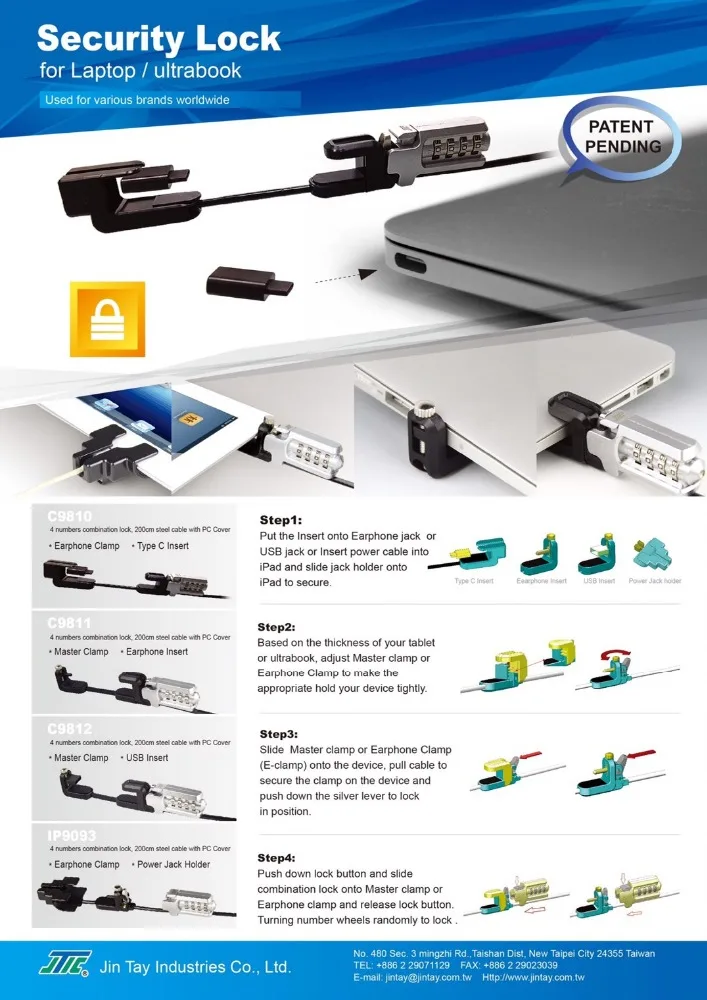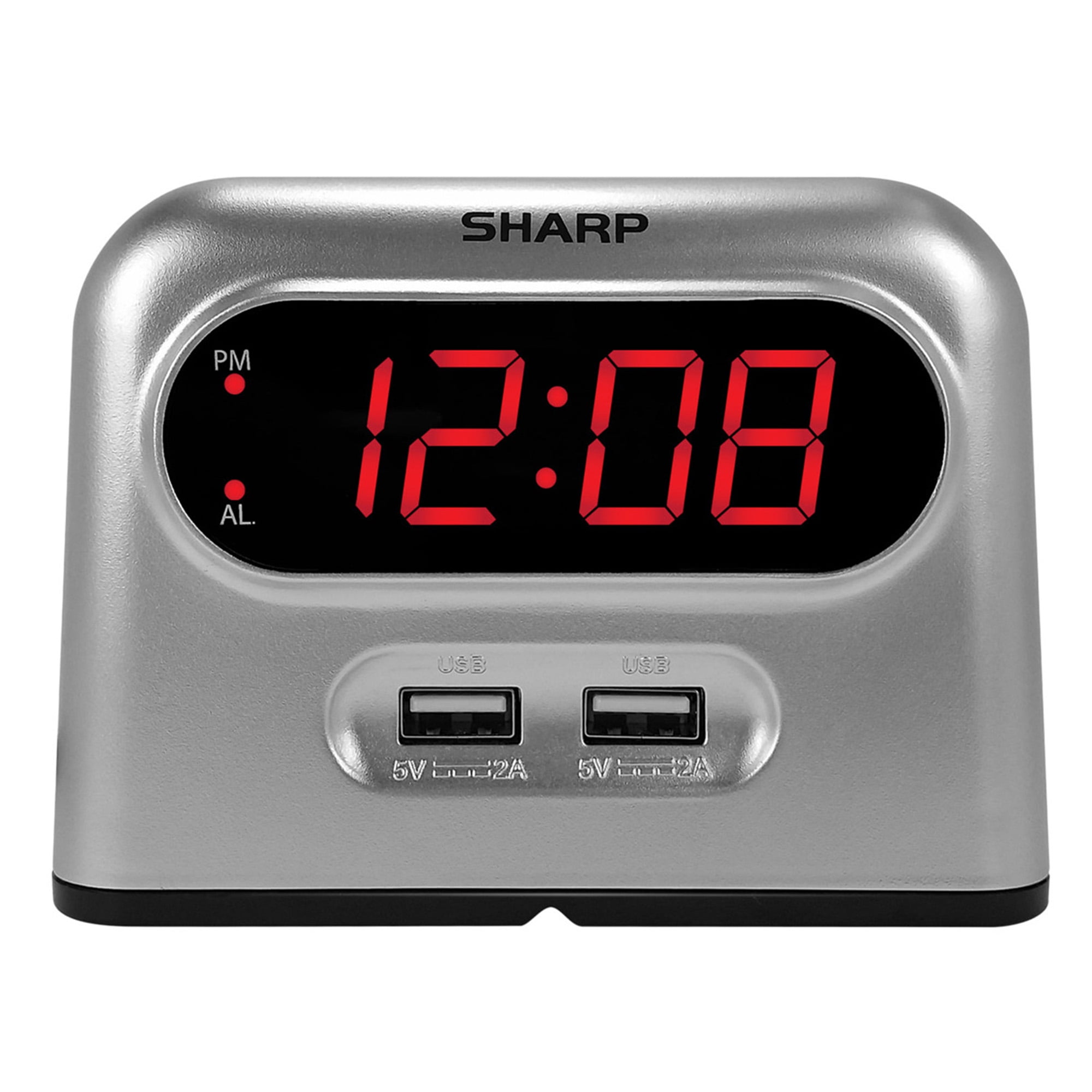


The changes include an improved cloud suggestion and integrated search suggestion. We are trying out some changes that will allow you to easily type popular words in Simplified Chinese. Simplified Chinese IME candidate window with a word suggestion from Bing at the second place.Bing search suggestions expanded from IME candidate window. Cloud Suggestion in Simplified Chinese IME To confirm whether your system is USB4 capable or not, check for “USB4 Host Router” populating in the Device Manager. If the system does not support USB4 with the Microsoft USB4 Connection Manager, this page will not be displayed. Copy the details into the clipboard so it can be shared with customer support or system administrators for troubleshooting.View attributes and capabilities associated with the USB4 domain.View the tree of connected USB4 hubs and devices.These insights are meant to assist with troubleshooting in case users need support from their device manufacturer (OEM) or system administrator. The USB4 settings page provides information about the system’s USB4 capabilities and attached peripherals on a USB4 capable system. USB4 enables new productivity scenarios for docking, high performance peripherals, displays and charging.

We are adding a USB4 hubs and devices Settings page for users under Settings > Bluetooth & devices > USB > USB4 Hubs and Devices. You can also go to the Task Manager Settings page to view/edit the settings for live kernel memory dumps. %LocalAppData%\Microsoft\Windows\TaskManager\LiveKernelDumps The dumps will be written to a fixed location: No technical experience necessary.To capture a live kernel memory dump (LKD), go to the Details page in Task Manager, right-click on the System process and the context menu should light up to show “Create live kernel memory dump file” to capture a Full live kernel or Kernel stack memory dumps.


 0 kommentar(er)
0 kommentar(er)
